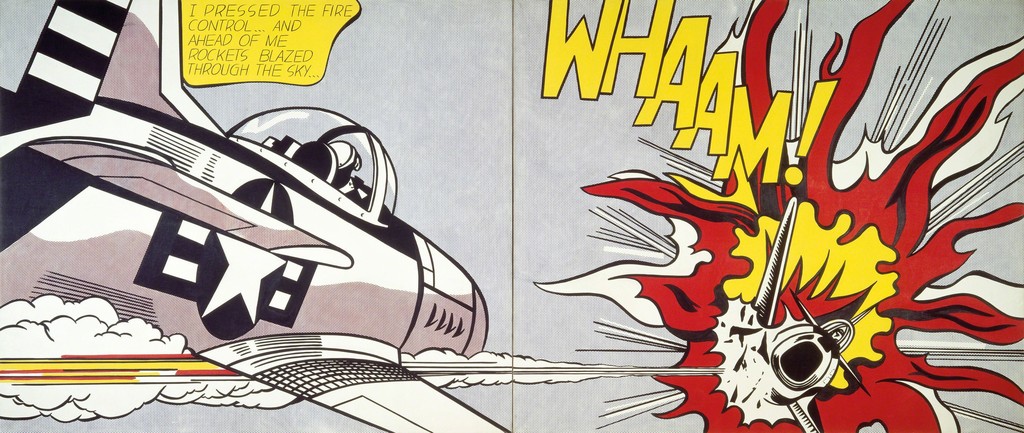Landschlacht, Switzerland, 21 November 2017
I just had my first viewing of a DVD I had never seen before last evening: The Lady in the Van, starring Dame Maggie Smith as “The Lady in the Van Miss Mary “Margaret ” Theresa Shepherd” and Alex Jennings as “Alan Bennett” upon whose memoirs the story is taken.

This is a powerful movie with wonderful performances and some quiet thought-provoking moments that cause a person to ponder and think about life, compassion, responsibility and creativity.
Something said in the movie sticks with me this evening as I search for a way to describe a world famous London attraction and my reactions towards it:
Alan, at the end of the film, says the adage that a writer puts himself into his writing isn´t true.
Instead a writer discovers who he is by the act of writing, that the writing brings out himself.
I am more and more discovering this for myself since I started this blog on 18 May 2015.
I also believe that how we approach art and how it affects us also says a lot about who we are.
I am reminded of the extremely irreverant but surprisingly perceptive geniuses that formed the British comedy group Monty Python´s Flying Circus.

A skit in their first season´s Episode 4 (“Owl-stretching time”) called “Art Gallery”:
(Interior of art gallery. Two figures enter. They are both middle-aged working mothers. Each holds the Hand of an unseen Infant who is beneath the range of the camera.)
Janet (John Cleese): ´Allo, Marge!
Marge (Graham Chapman): Oh hello, Janet, how are you love, fancy seeing you.
Janet: How´s little Ralph?
Marge: Oh, don´t ask me! He´s been nothing but trouble all morning. Stop it Ralph! (she slaps at an unseen infant) Stop it!
Janet: Same as my Kevin.
Marge: Really?
Janet: Nothing but trouble …. leave it alone! He´s just been in the Florentine Room and smeared tomato ketchup all over Raphael´s Baby Jesus. (shouting off sharply) Put that Baroque masterpiece down!
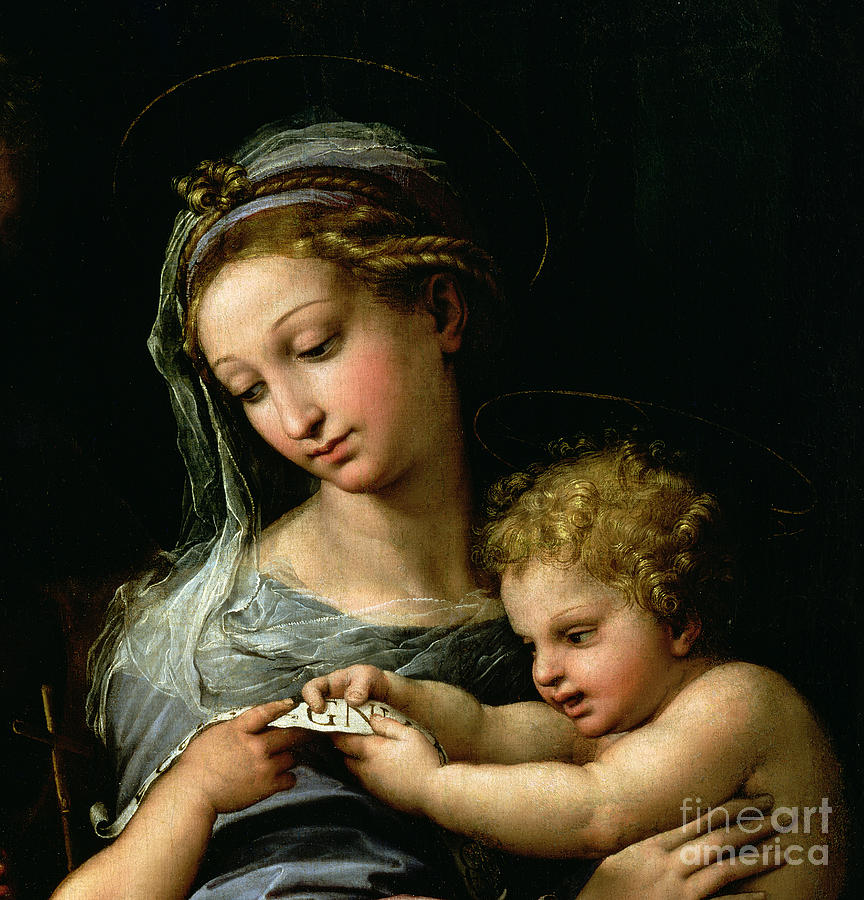
Marge: Well, we´ve just come from the Courtauld and Ralph smashed every exhibit but one in the Danish Contemporary Sculpture Exhibition.
Janet: Just like my Kevin. Show him an exhibition of 18th century Dresden Pottery and he goes berserk. No, I said no, and I meant no! (smacks unseen infant again) This morning we were viewing the early Flemish Masters of the Renaissance and Mannerist Schools, when he gets out his black aerosol and squirts Vermeer´s Lady at a Window!

Marge: Still, it´s not as bad as spitting, is it?
Janet (firmly): No, well Kevin knows (slaps the infant) that if he spits at a painting I´ll never take him to an exhibition again.
Marge: Ralph used to spit – he could hit a Van Gogh at thirty yards. But he knows now it´s wrong – don´t you Ralph? (she looks down) Ralph! Stop it! Stop it! Stop chewing that Turner! You are … (she disappears from shot) You are a naughty, naughty, vicious little boy. (smack, she comes back into the shot holding a copy of Turner´s Fighting Temeraire in a lovely gilt frame but all tattered) Oh, look at that! The Fighting Temeraire – ruined! What shall I do?

Janet (taking control): Now don´t do a thing with it love, just put it in the bin over there.
Marge: Really?
Janet: Yes take my word for it, Marge. Kevin´s eaten most of the early 19th century British landscape artists, and I´ve learned not to worry. As a matter of fact, I feel a bit peckish myself. (she breaks a bit off the Turner) Yes…. (Marge also tastes a bit.)
Marge: I never used to like Turner.
Janet (swallowing): No… I don´t know much about art, but I know what I like.
London, England, 23 October 2017
All the guidebooks absolutely rave about the place, commanding everyone that the Tate Modern is an absolute must for anyone visiting or living in London.
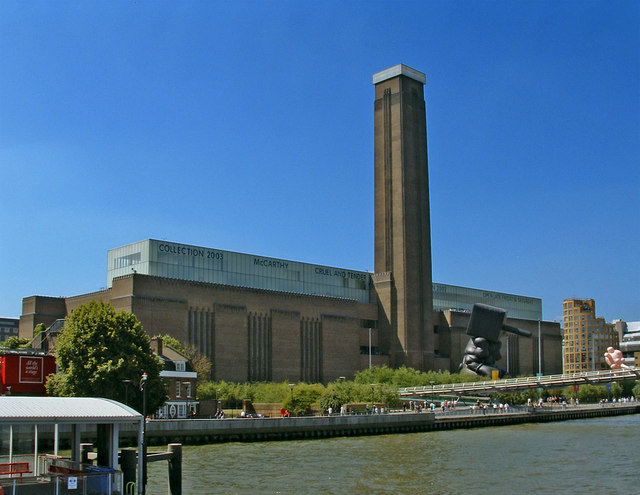
Designed as the old, oil-fired, Bankside power station by Giles Gilbert Scott, this austere, brick “cathedral of power” was closed down in 1981 and reopened as a modern art gallery in 2000.
The masterful conversion, by the Swiss duo Herzog and de Meuron, still has the feeling of original industry, yet provides wonderfully light and spacious galleries to show off the museum´s impressive collection of international 20th century artists, such as Monet, Duchamp, Hepworth, Matisse, Mondrian, Dali, Picasso, Pollock, Rothko and Warhol.
Most impressive of all is the stupifying vastness of the main Turbine Hall, which rises to a height of 115 feet from below the Thames.

Tate Modern receives more than five million visitors a year, more than double what had been envisaged.
The Tate´s extension, the Switch House, opened last year, is a distorted prism of latticed bricks rising to 215 feet, housing three new floors of gallery space.

The Tate sits above the old power station´s subterranean oil tanks, which have been converted into rough-edged hard spaces for live work, video installations and performance art.
Today´s permanent collection dates back to 1900, but the curators have rejected a chronological approach and have gone instead for hanging works according to themes or individual artists.

The displays are changed frequently.
The visitor must decide for him/her self whether their groupings are the best manner of discovering the art or whether it makes the incomprehensible incoherantly unapproachable.
The best entrance is via the ramp at the West Entrance to the Turbine Hall, where you will find the information desk, the museum cloakroom and the giant bookshop with more than 10,000 titles that claims to be London´s largest art bookshop.
There are free guided tours as well as free admission, except for some temporary exhibitions.
There is a reasonably priced café on Level 1, an espresso bar on Level 3, and a pricey restaurant and bar on Level 7 with a great view over the river.
Of all the creations that mankind has invented I think art museums are the most unnatural.
A person walks into an artificial arena of deep dark suspicion as to what exactly are visitors´ intentions for visiting them.
Are they here to steal the artworks, like Pierce Bronson at the New York City Metropolitan Museum of Modern Art in the film The Thomas Crown Affair?

Are they here to vandalise the works in protest or in spite?
I somehow doubt that museum managers or security personnel find the Python “Art Gallery” skit even slightly amusing nor would they understand how identifiable Jack Nicholson´s (as “Jack Napier / the Joker”) visit to the Gotham City Art Museum (in Tim Burton´s film Batman) and his resulting vandalism is to the average man.

For the urge to do the forbidden lies within all of us.
It would be sinfully delightful to be like the drunken man who walked into the Birmingham City Art Gallery in 1989 and took the Henry Wallis painting The Death of Chatterton off the wall, staggered out carrying the 25,000-pounds worth art piece out into the street and made his escape on a double-decker bus.
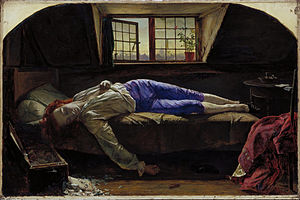
We want the tactile experience of feeling the paint strokes of the hanging pictures or caressing the marble contours of some Grecian goddess (or god, depending on which way you swing).

Denied this interactivity, which for the preservation of these masterpieces is sensible, the average visitor, especially with limited time to see absolutely as much as one can while in the Big City, is uninspired to do much more than rush past the painstakingly created masterpieces, retaining little or nothing of the art within their memories.
A museum as immense as the Tate Modern should require a half-day or even a full day to truly immerse the visitor in the awe and inspiration the artists wished to instill within their voyeurs.
How enviable and remarkable are those who have the time and patience to sit for long periods of time in front of just one canvas just to soak into their souls the passion and thought behind each brushstroke and colour choice.
I love watching artists trying to reproduce the wonders on the wall, like Clint Eastwood´s retired thief “Luther Whitney” in front of a canvas in Washington DC´s Corcoran Gallery of Art reproducing the delicate hands of a masterpiece in the film Absolute Power.

Yet I think there is a great deal of irony in artists trying to reproduce modern art, for many 20th century artists tried to reach the parts of our brains that other art doesn´t reach and felt that imitating the art of the past would cripple the ability to produce anything truly new.
Some, like Salvador Dali, were really interested in the world of dreams and the weird and bizarre thoughts that float around the darkest corners of our minds.

Above: The Persistence of Memory, Salvador Dali
They wanted to open our subconscious cupboards and make art about the things lurking within.
Modern artists felt themselves to be outsiders who were increasingly dissatisfied with the aims and the methods of the art that pleased the public.
For some, “new” meant recapturing nostaglia for the uniqueness of the “old” as they were unhappy about the general decline in craftsmanship caused by the Industrial Revolution and hated the sight of cheap and tawdry imitations of what once had meaning and nobility.
But the uniqueness of the individual mind reflected on canvas is not some dim carbon copy of what has come before but instead was fresh, novel and thought-provoking even if the public thought the artist insane or the works mystifyingly elusive to grasp.
Perception of art is also as individual as the artist him/her self.
Art means very different things to different people in different times and different places.
There are no wrong reasons for liking (or disliking) a statue or a picture.
People see (or don´t want to see) what they want (or don´t want) to see in reality.
In fact, it is often the expression of reality, conscious or subconscious, which makes us either love or loathe a work of art.
Some people like an expression which they can easily understand and which therefore moves them profoundly.
But herein lies the difficulty for the unartistic in trying to embrace art….
We want to admire an artist´s skill in representing the things we see, but we also want the artwork to generate a feeling from within us.
We don´t just want to see reality reproduced as much as we want to experience the feelings the reproduction is meant to convey.
Don´t just show me a rooster, but rather bring out in the image a sense of its aggressiveness, its cheekiness and its stupidity.
Above: The Rooster, Pablo Picasso
I think it must be a real challenge for the older generation, as well as for modern art museum managers, to distinguish passing fashions from lasting achievements.
Nor can we predict whether a crazy, middle-aged Dutchman working away in southern France, or a retired gentleman of independent means who refuses to send his art to exhibitions, or a stockbroker who has become a painter late in life and has fled to paint far away in the South Pacific, whether they will later be much-appreciated artists that Van Gogh, Cézanne and Gauguin became.

Above: Starry Night, Vincent van Gogh
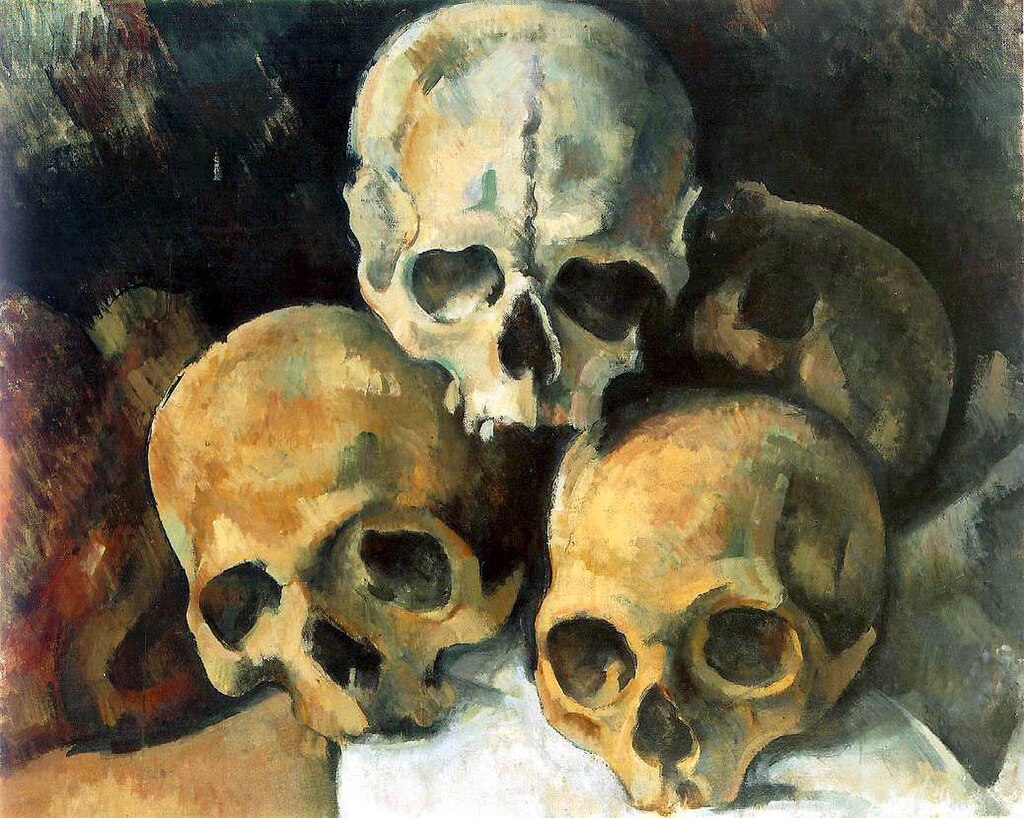
Above: Pyramid of Skulls, Paul Cézanne

Above: Ta Matete, Paul Gauguin
Still my wife, (a far more cultural creature than I – the simple country bumpkin she married – poor lamb!) – and I, torn between wishing to linger indefinitely and hearing our mental clocks ticking out the dwindling precious hours remaining in both our vacation time and the museum´s opening hours, probably did not give the Tate Modern the proper full attention and reverance it deserved.
Nor did time permit us to see more than a whirlwind peek of the permanent collections, so sadly we missed the “Red Star Over Russia” exhibition with its rarely seen artworks by Russian and Soviet artists over the five decades from the Revolution of 1905 to the death of Stalin.
(Anyone in London before 18 February 2018 can still catch it.)
Still, nonetheless, some artworks remain in my mind: Henri Matisse´s The Snail (I tried but my imagination couldn´t discern the snail.), the Guerilla Girls´ US dollar entitled Women in America Earn Only 2/3 of What Men Do, the neon words of Bruce Naumann, the energy and emotional violence of Picasso´s The Three Dancers, Roy Lichtenstein´s Whaam! with the comic book dramatic power of live action, and Constantin Brancusi´s bronze Fish, which is simultaneously both as abstract as a baby´s drawing and as real as the fire extinguisher and the guard in the gallery room.
Above: The Snail, Henri Matisse

Above: Women in America, The Guerilla Girls
Above: The Three Dancers, Pablo Picasso
Sadly, for many visitors, including the wife and I, the museum´s structure and clarity is lost in the visitors´ energy and process.
We see, but we don´t observe.
We momentarily reflect, but we don´t remember much or any of what we saw and reflected upon.
The decades a blur and the many hours of love and devotion the artists sacrificed of their lives unappreciated and unacknowledged, such is the result of whirlwind exploration in this age of instant communication and selfish sudden gratification.
We are as children in a playground, lost in the worlds of our own making, using what is seen only as a backdrop to what we want to see.
Above: Fish, Constantin Brancusi
Still, I will be as a guidebook and recommend the Tate Modern and will caution the visitor to not rush by the landscapes like a high speed train but rather absorb the artwork and let it seep into your soul like a sponge resting on the ocean floor.
Stop and see the artwork.
Stroll past the wonders on the wall like a man without a care in the world rather than like a harried maniac wishing to quickly check off the Tate Modern as just another item seen on some “To Do” list.
I promise you the time spent fishing for enlightenment will generate bounty for both the senses and the emotions.
Allow the art to inspire you.
Above: Whaam!, Roy Lichtenstein
Sources: Wikipedia / Google / DK Eyewitness Travel, Top 10 London 2017 / The Rough Guide to London / The Complete Monty Python´s Flying Circus: All the Words / E.M. Gombrich, The Story of Art / Michael Cox, The Knowledge: Awful Art / www.tate.org.uk






